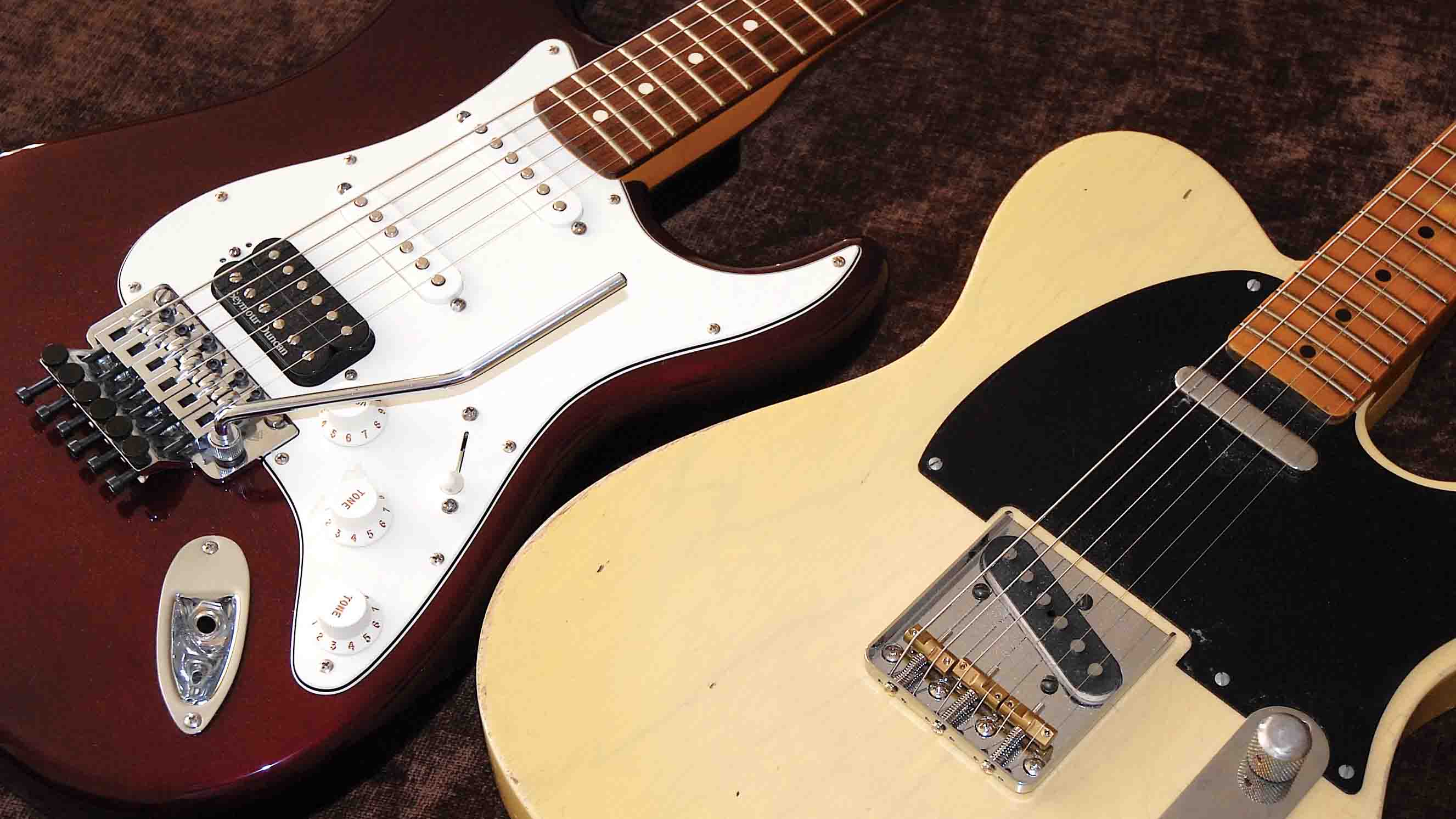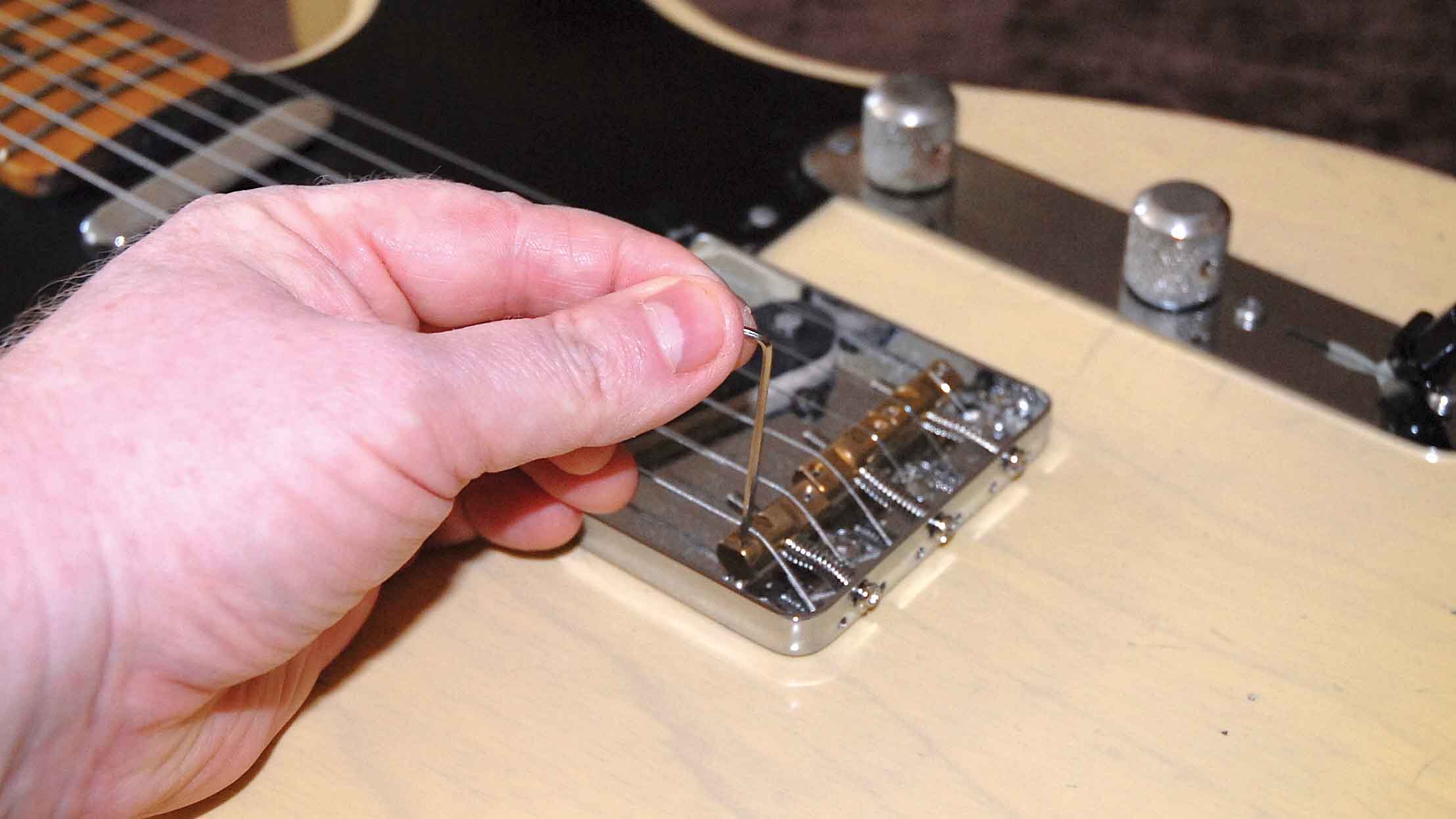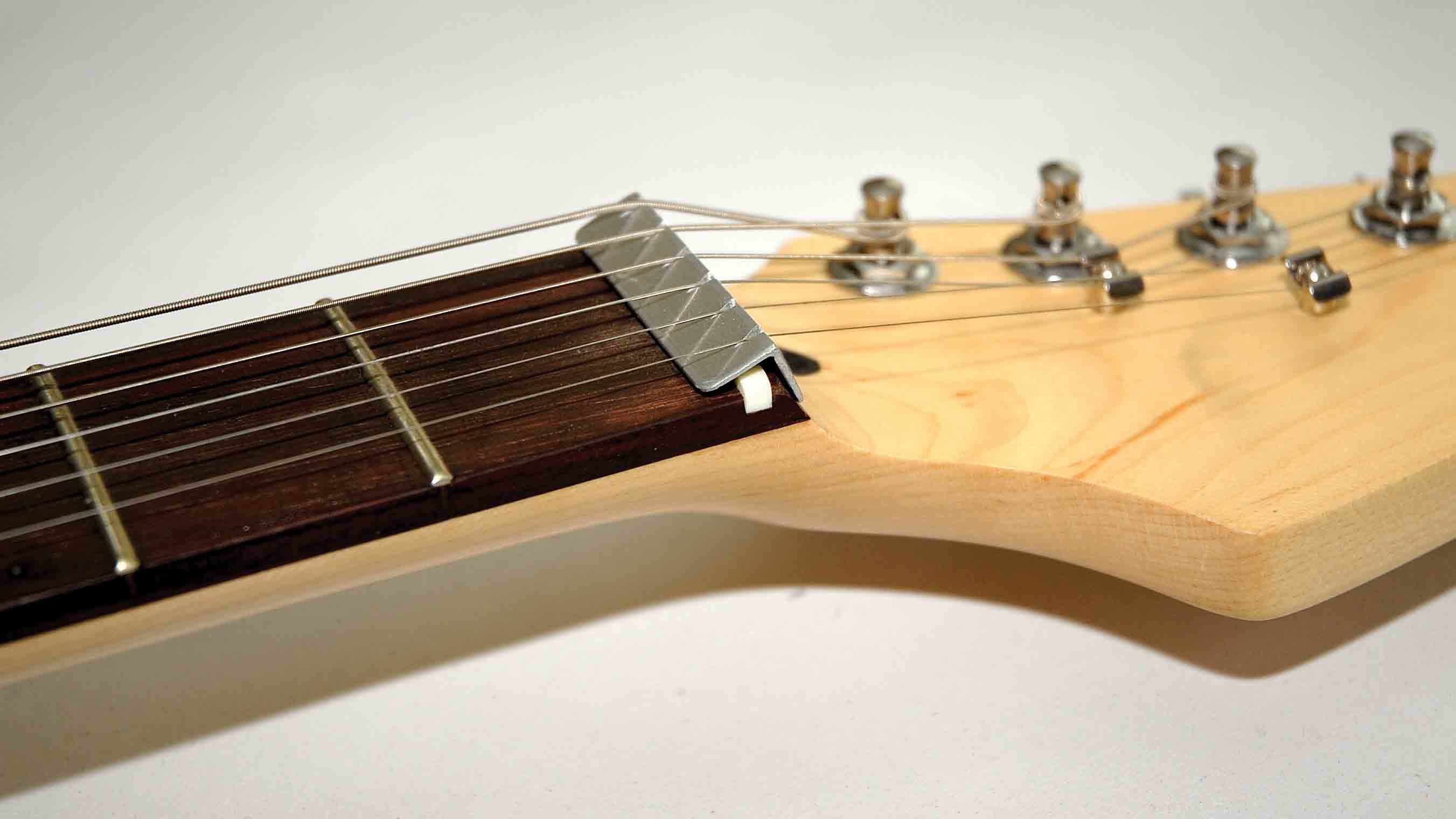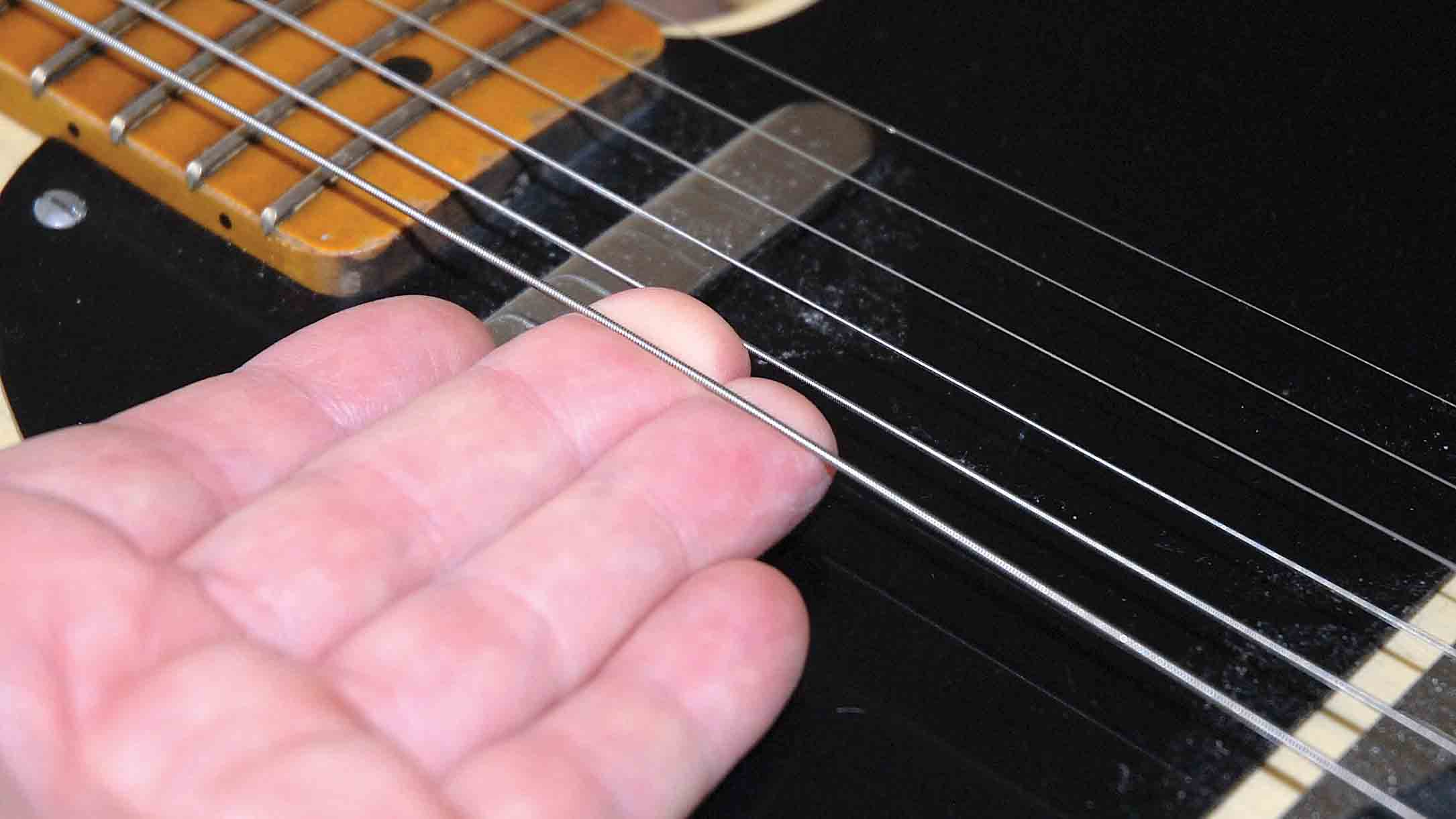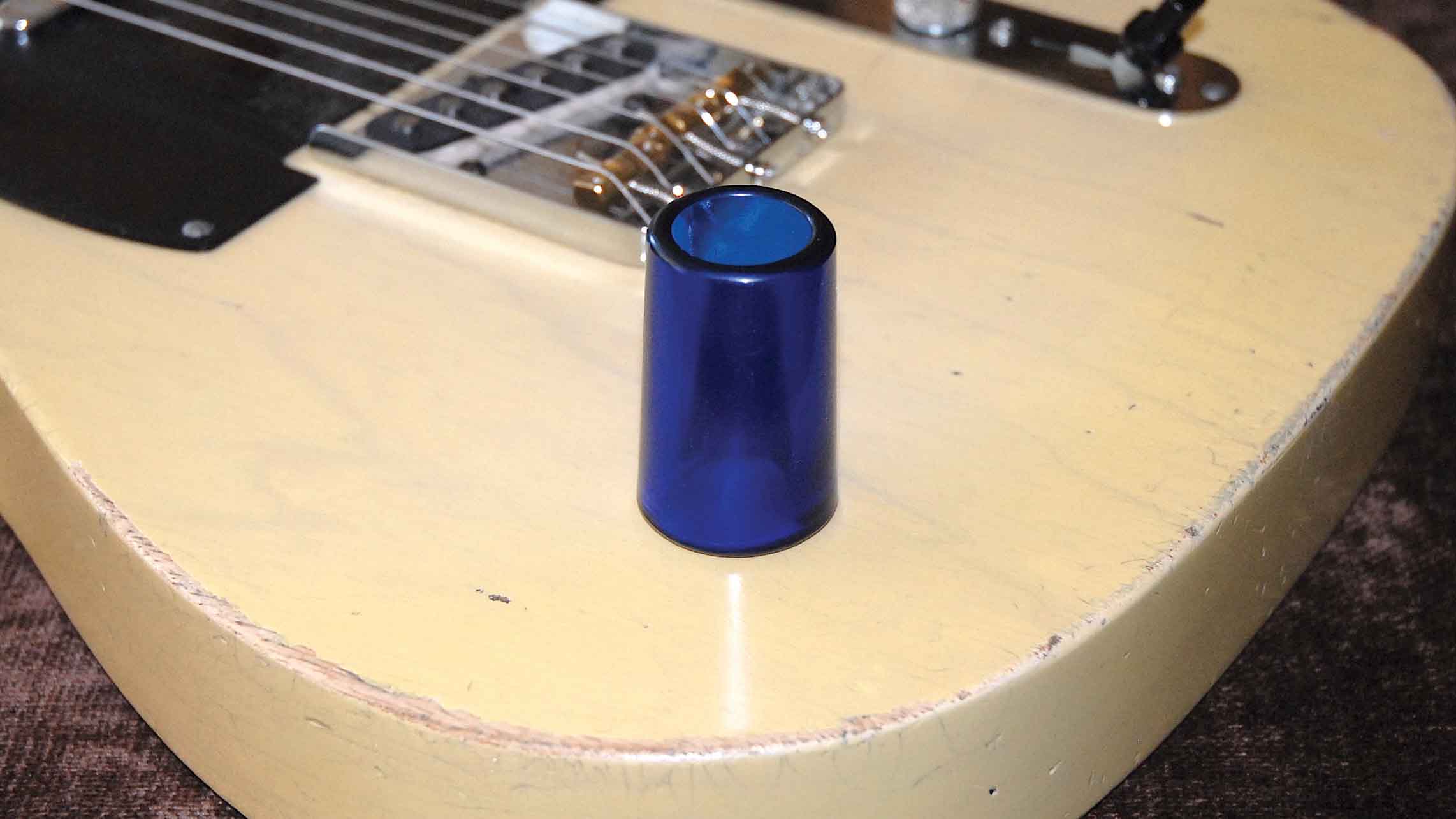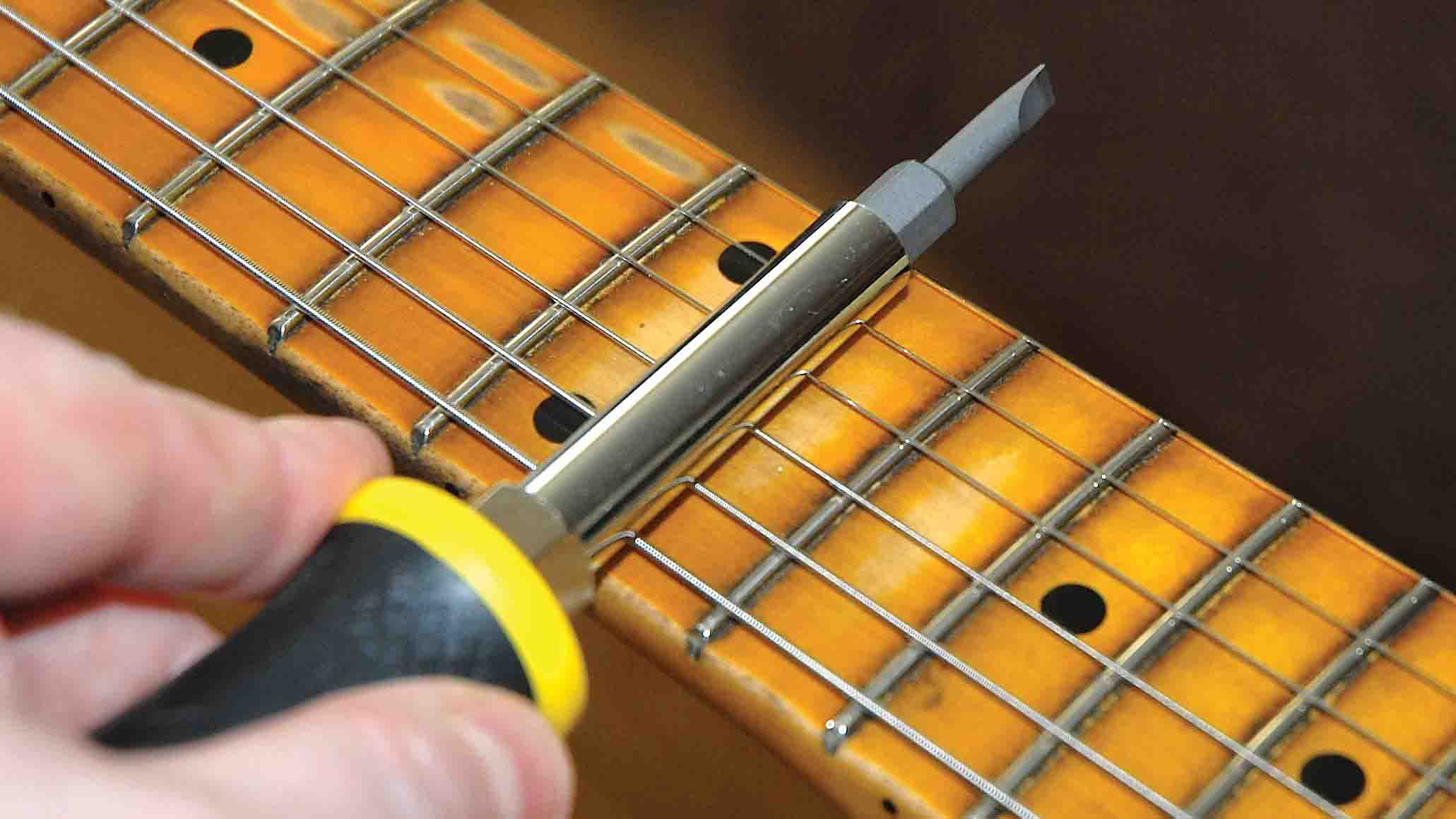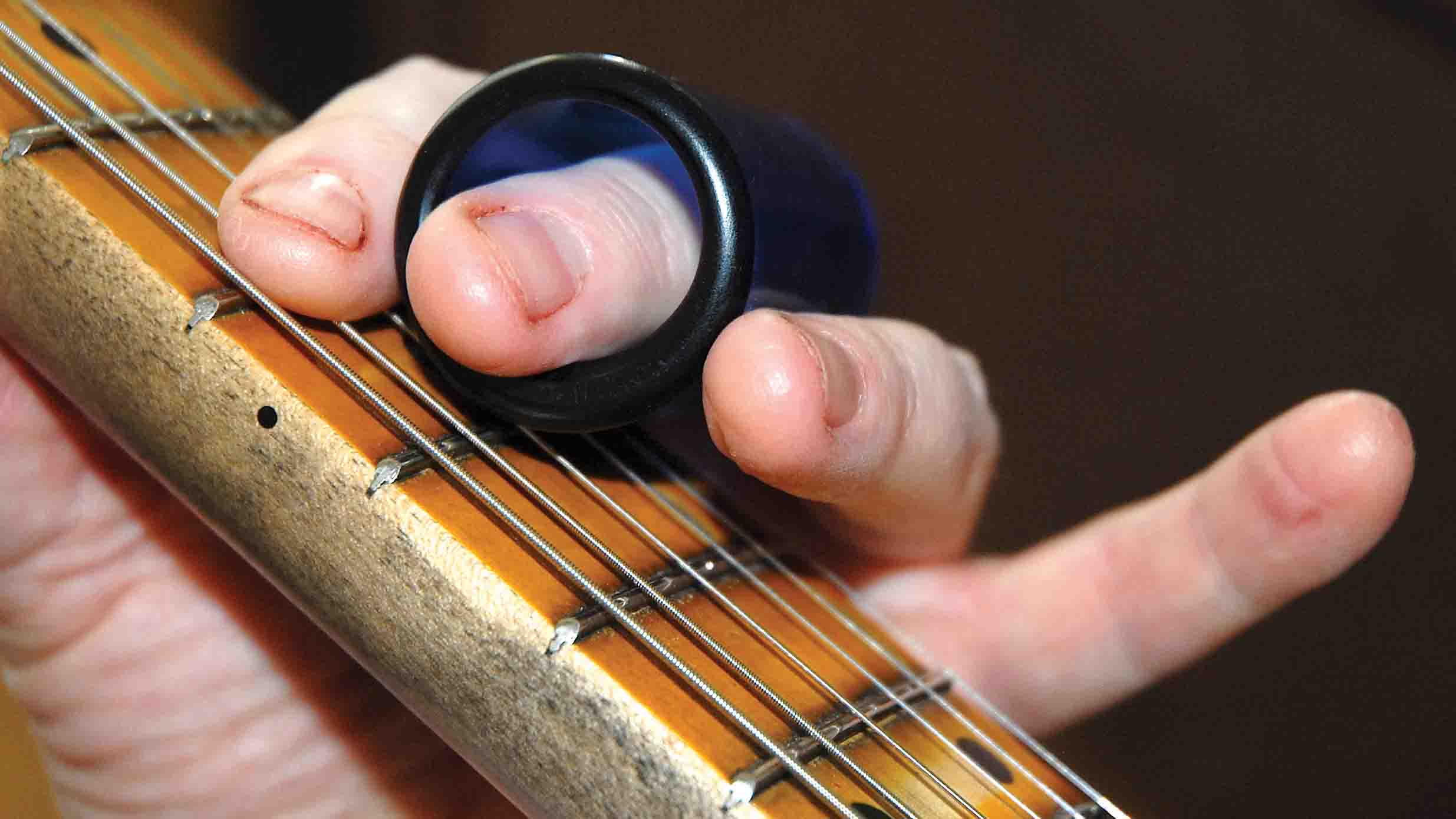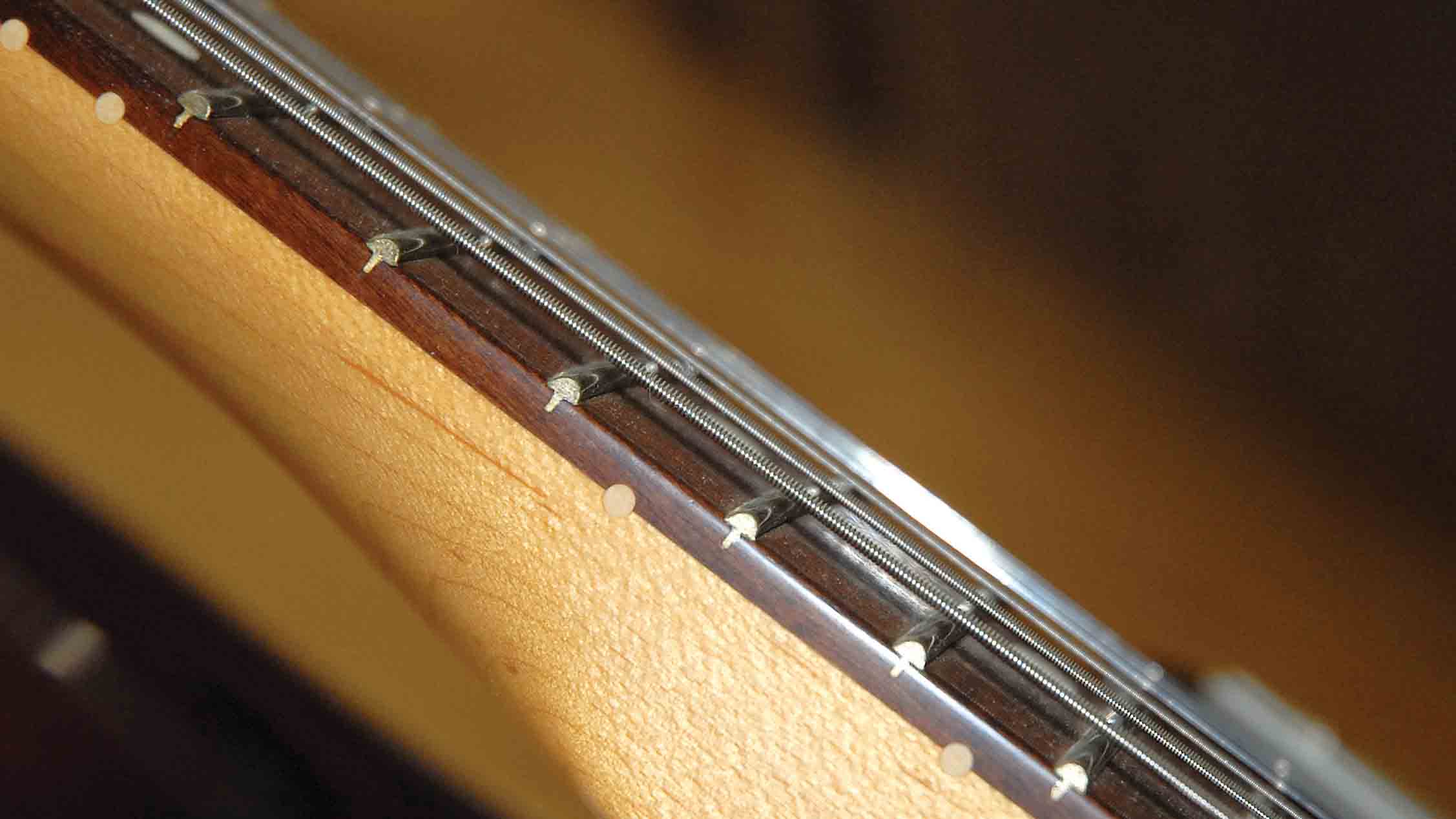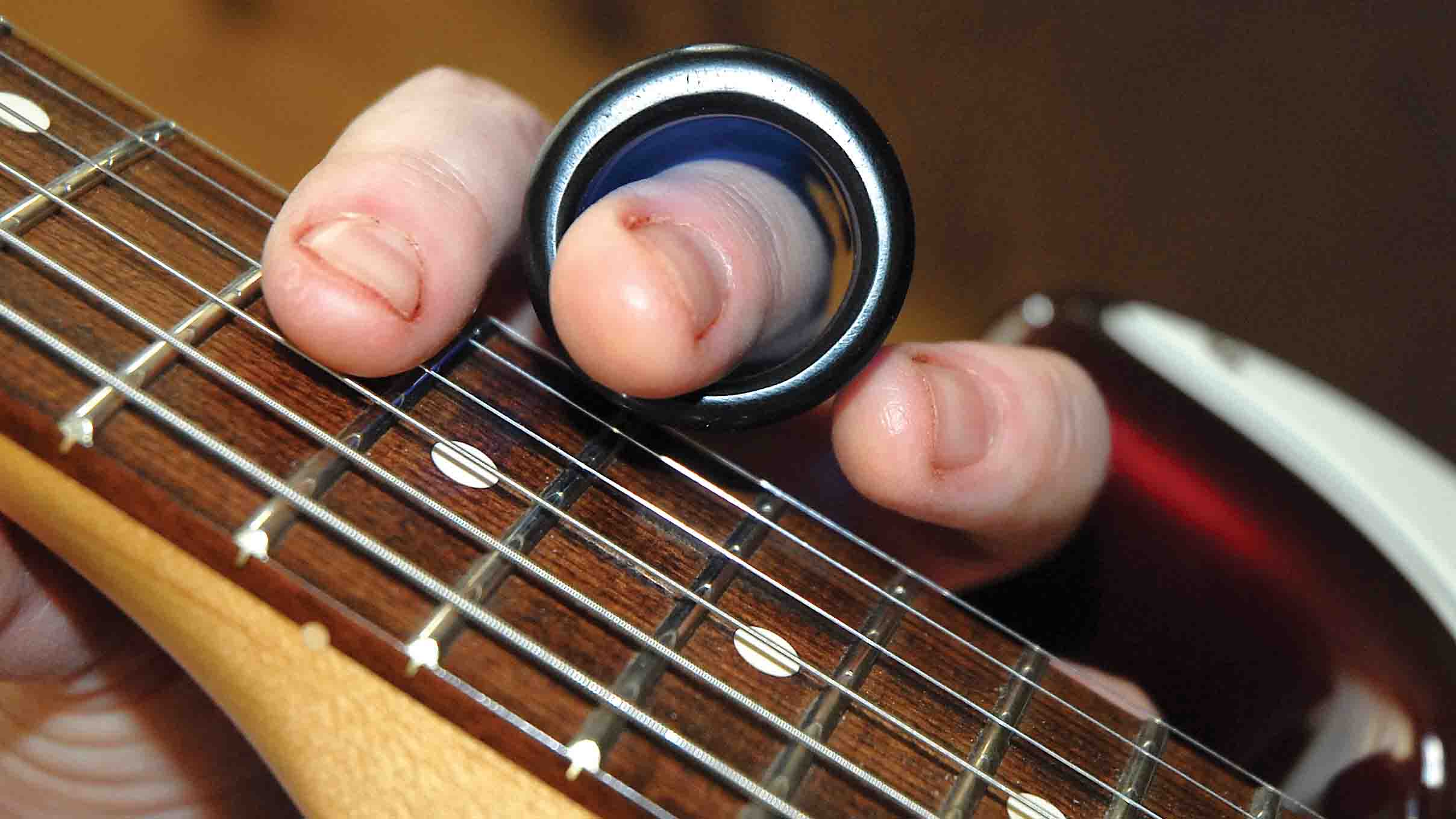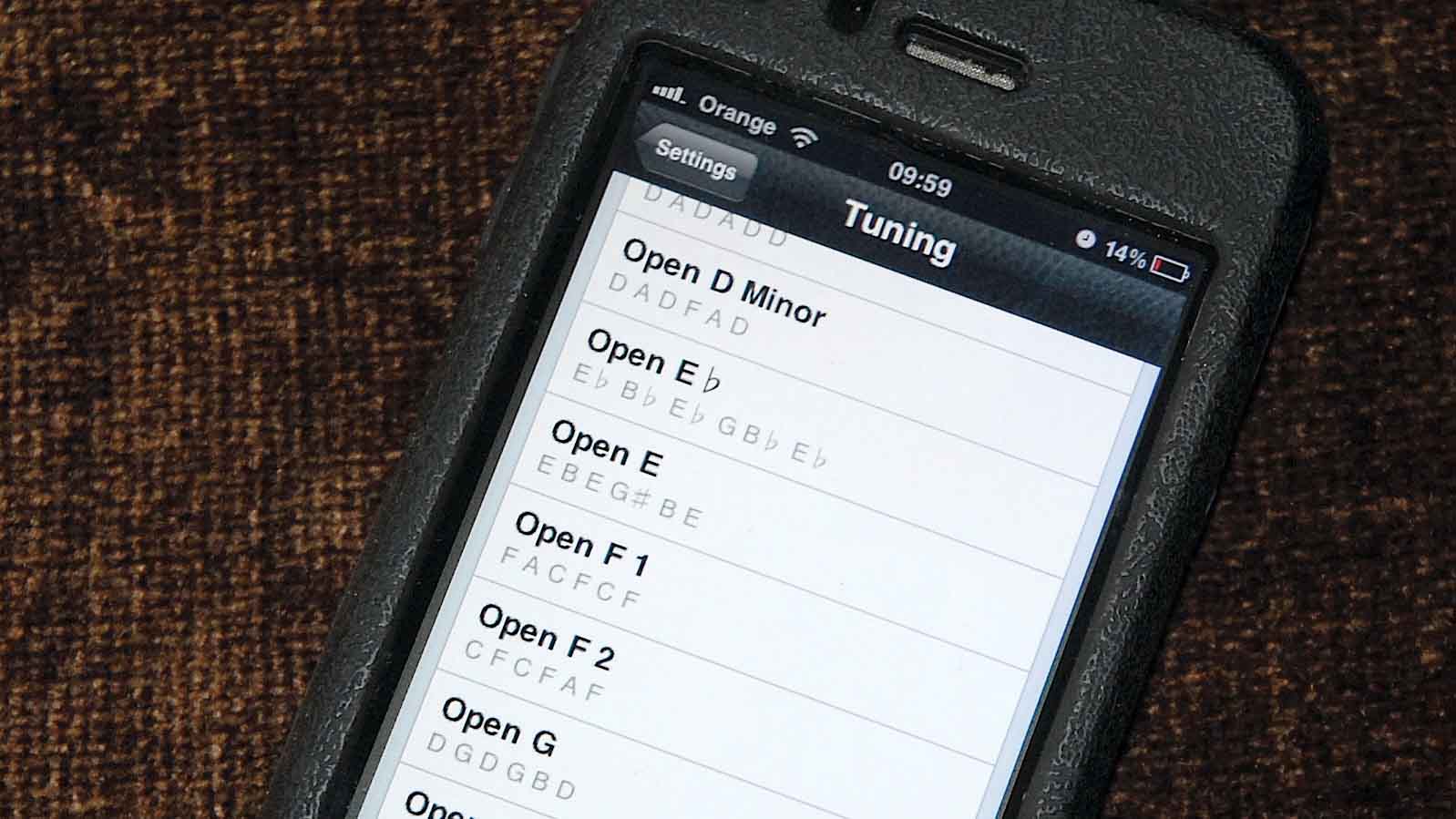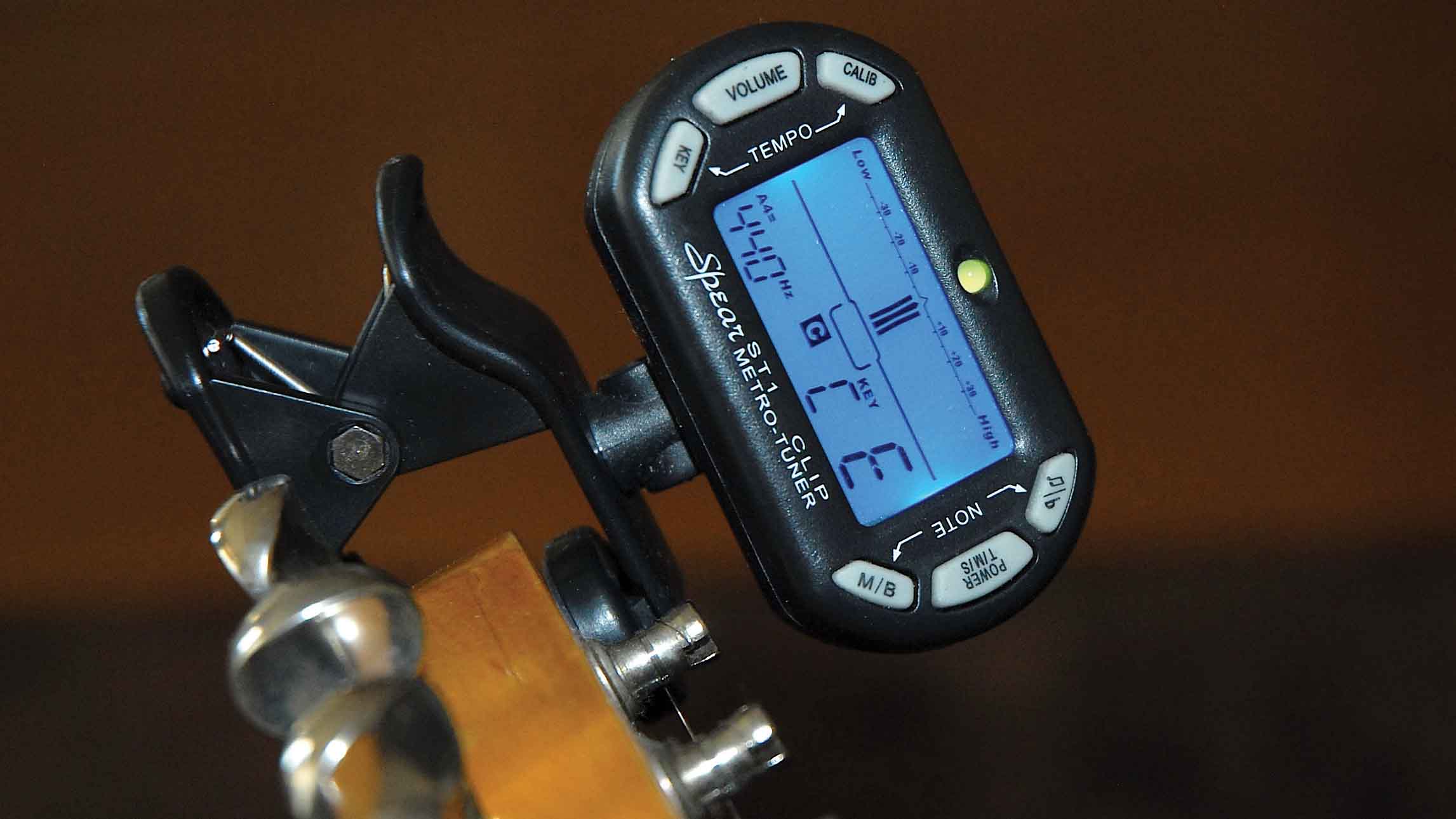Guitar setup: how to set up a guitar for slide
Get your blues on with our action-packed tips
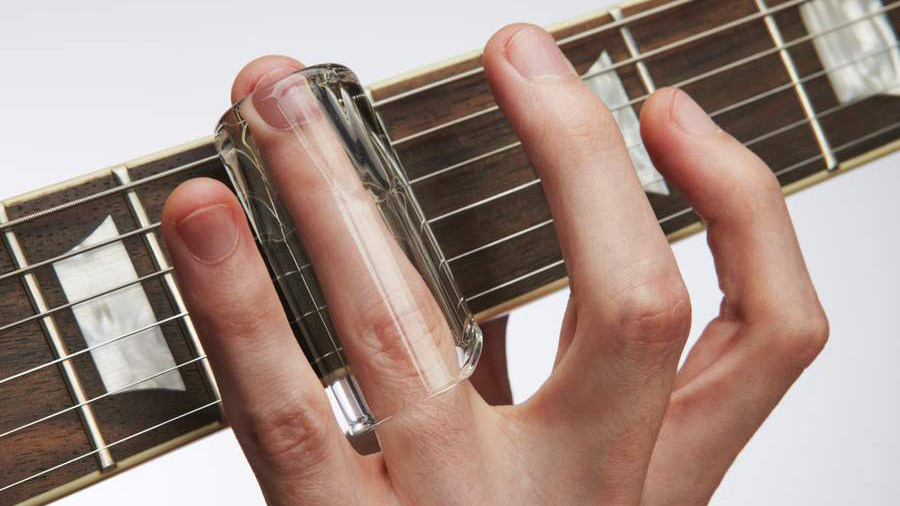
How to set up a guitar for slide
If you're serious about playing slide, you need to raise your guitar's action so that the strings don’t hit the frets. That doesn’t necessarily mean that you need a very high action to get a good sound - a medium action can often be high enough.
We’ve put together some cool tips to get you on the road to slide heaven. The rest is up to you - slide takes a lot of practice to nail great tone and intonation!
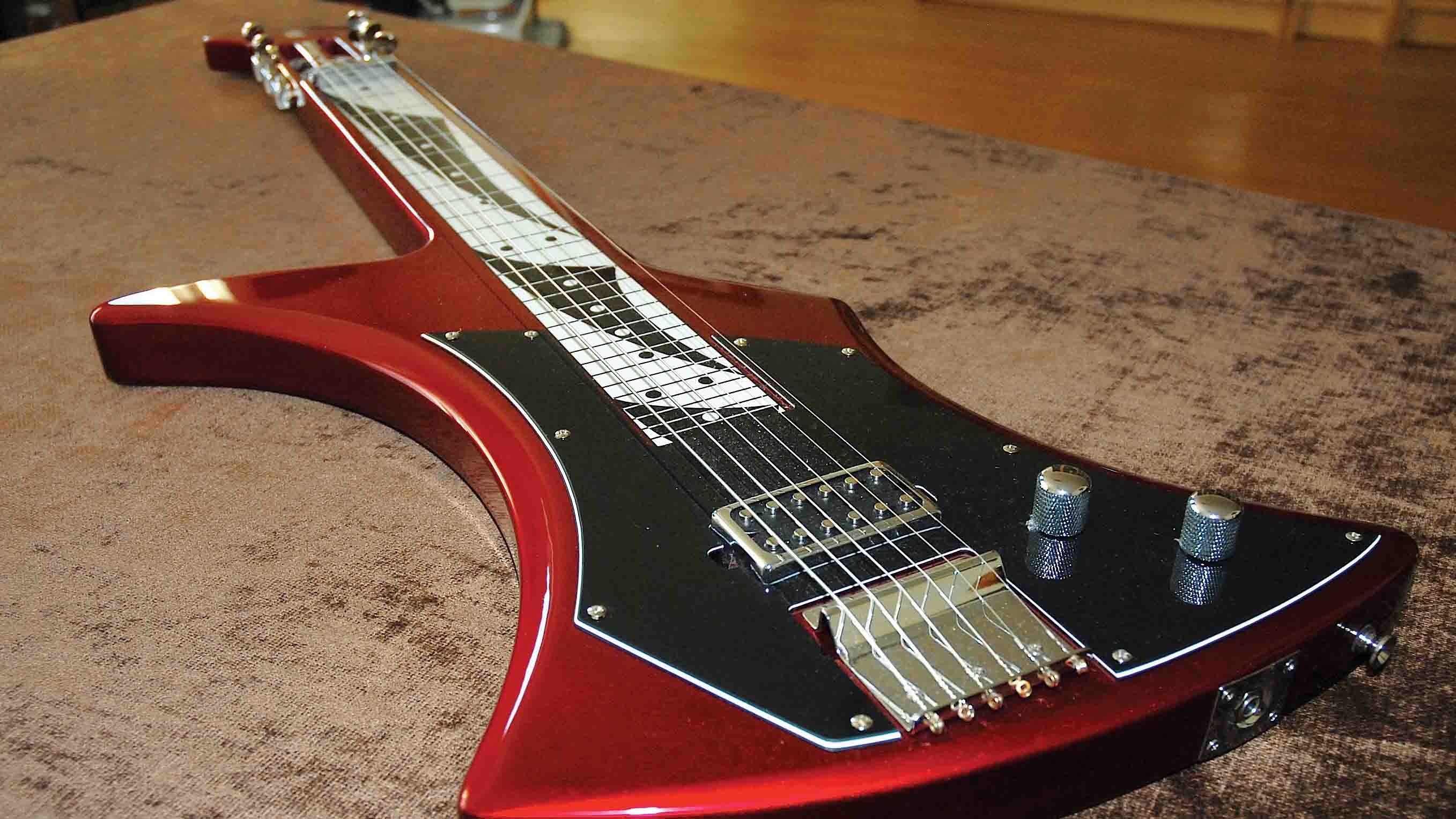
12. Lap it up
If you’re really into slide, consider buying a lap steel guitar that’s designed to handle high string tension.
The Peavey PowerSlide (£275) is a good example.
